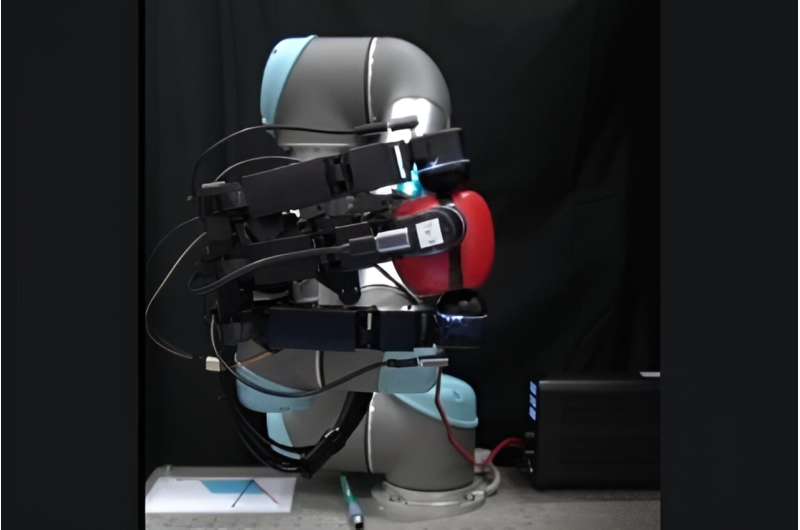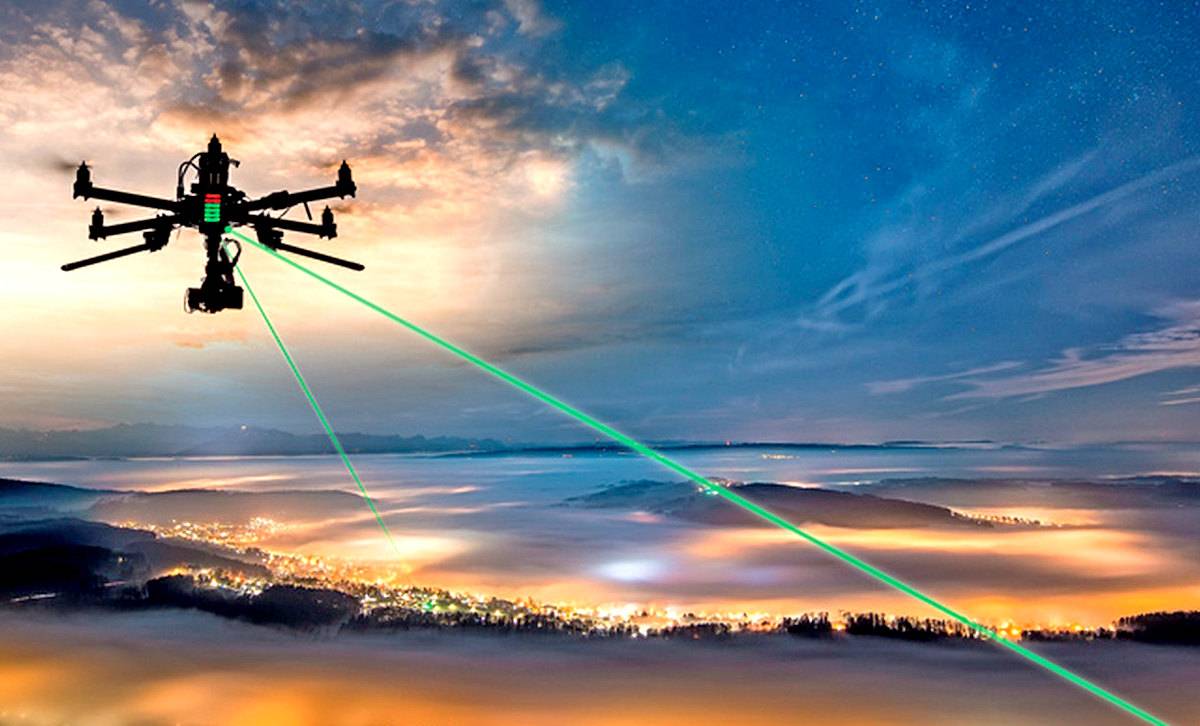The WalkON Suit F1, developed by Professor Kyoung-Chul Kong and his team at the Korea Advanced Institute of Science and Technology (KAIST), represents a quantum leap forward in exoskeleton technology. Unlike traditional mobility assistance devices that require multiple caregivers to help users suit up, this next-generation exoskeleton showcases an almost human-like ability to approach and assist its user independently.
A Decade of Innovation Leads to Breakthrough
The journey to this revolutionary development began nearly ten years ago in KAIST's Department of Mechanical Engineering. What started as the first WalkON Suit in 2016 has evolved through multiple iterations, each bringing significant improvements. By 2020, the fourth-generation prototype had achieved walking speeds of 3.2 kilometers per hour—comparable to a leisurely stroll.
"The challenge wasn't just about creating a device that helps people walk," explains Professor Kong. "It was about reimagining the entire user experience, from the moment someone decides to use the exoskeleton to the instant they're upright and mobile."
The Technology Behind the Marvel
The WalkON Suit F1's most impressive feature is its front-docking system, which allows users to remain seated in their wheelchairs while the exoskeleton effectively installs itself. This autonomous capability is made possible by sophisticated balance control systems that actively manage the device's center of gravity, preventing tipping during the critical transition from sitting to standing.
The engineering team has implemented advanced vision recognition systems for obstacle detection, significantly improving user safety. Perhaps most remarkably, the exoskeleton's enhanced balance control allows users brief periods of hands-free operation—a feature that could prove transformative for everyday tasks.
Proving Ground: The Cybathlon Victory
The WalkON Suit F1's capabilities were put to the ultimate test at the 2024 Cybathlon, often referred to as the "cyborg Olympics." This prestigious competition, launched by ETH Zurich in 2016, has become the premier showcase for advancing assistive technologies.
Piloted by Seunghwan Kim, a paraplegic researcher at KAIST, the WalkON Suit F1 completed a challenging obstacle course in an impressive 6 minutes and 41 seconds. The course included tasks that many able-bodied individuals take for granted: sidesteps between chairs, box moving, unassisted walking, navigating narrow doorways, and even kitchen work.
"What makes this victory particularly significant is that it wasn't just about speed," notes Kim. "It was about demonstrating real-world functionality that could transform daily life for people with mobility impairments."
Looking to the Future
The implications of this technology extend far beyond competition success. Through Angel Robotics, a company founded by Professor Kong in 2017, efforts are underway to commercialize this breakthrough technology. The goal is to make these advanced exoskeletons accessible to those who need them most.
The development of the WalkON Suit F1 represents more than just technological advancement—it symbolizes a shift in how we approach assistive technology. By reducing dependence on caregivers and increasing user autonomy, it takes a significant step toward restoring independence to those with mobility challenges.
As this technology continues to evolve, we may be witnessing the early stages of a revolution in mobility assistance. The future could see these self-installing exoskeletons becoming as common in rehabilitation centers as wheelchairs are today, offering new hope and independence to millions worldwide.
The success of the WalkON Suit F1 at the Cybathlon is more than just a competition victory—it's a glimpse into a future where mobility limitations may no longer define what's possible for those living with paraplegia. As Professor Kong's team continues to refine and advance this technology, they're not just building better exoskeletons; they're helping to build more independent lives.


















